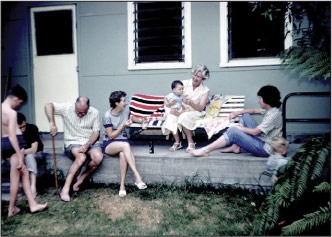
Photo Review tips section

Introduction to Digital SLR
Currently, no compact digital camera (‘digicam’) can match the performance of even an entry-level DSLR. Although photo enthusiasts have long preferred an SLR-type camera, the latest DSLRs have much more appeal to mainstream picture-takers than earlier models.


Exposure Metering
Exposure determination in modern cameras is largely automated, although advanced cameras let photographers override the camera settings and also set exposures manually. An exposure setting has two components: the lens aperture and the shutter speed (how long the light is allowed into the camera). A correct balance between them creates pictures in which all tones in the subject are recorded correctly.

Which Printer Will Suit You Best?
As a photographer, making prints not only allows you to turn your digital images into a tangible asset; it also provides you with a great way to display them. Compared to the facilities our parents had, today’s photo printers are light years ahead in convenience, economy and durability.

Using Digital Images in Documents, Presentations and Displays
Digital photographs that have been taken with a high-resolution camera using the highest resolution and quality settings are too large to be emailed directly and can be inconvenient to include in PowerPoint presentations. But it’s very easy to re-size them and there are a number of ways to do so.

Shooting Tips
Aside from the pictures you miss because you forget to carry a camera, two factors are responsible for the majority of missed shots everyday photographers report.

Monitor Calibration Made Easy
The first step to achieving colour consistency involves calibrating your computer monitor and creating an ICC profile that can be used by the editing software as a working RGB colour space. The objective is to make the image you see on the monitor look as close as possible to the print you make from it.

Printing Digital Photos
How big should you print your photos? What media should you use? These questions are important to photographers at all levels.

Making Your Prints Last
The issue of print permanence is an old one and a great deal of research has been done on printing technologies, all the way from silver-halide films and papers through to the latest inkjet and dye-sublimation media.
